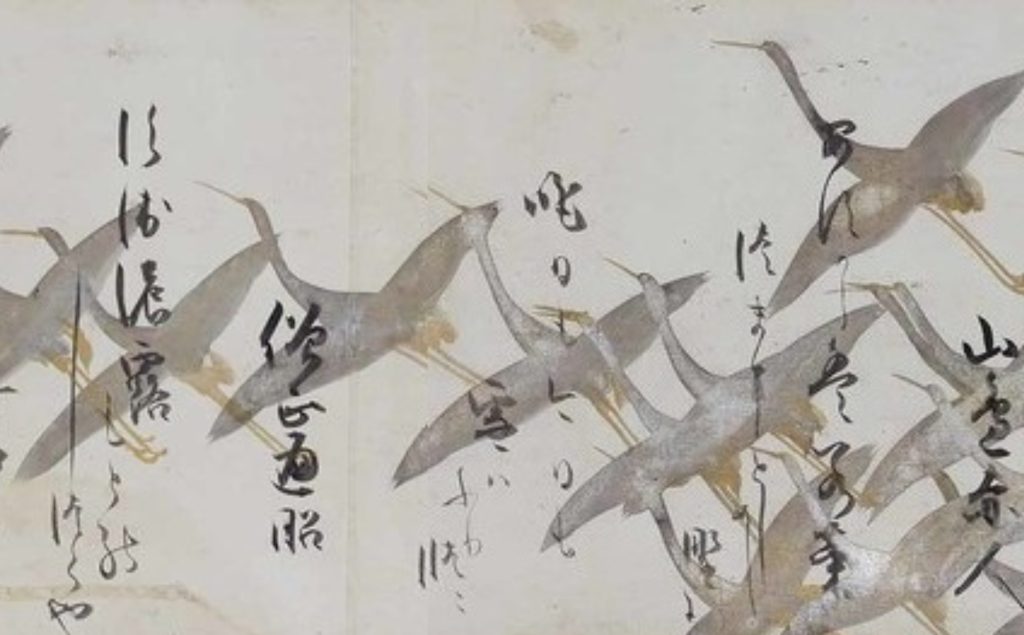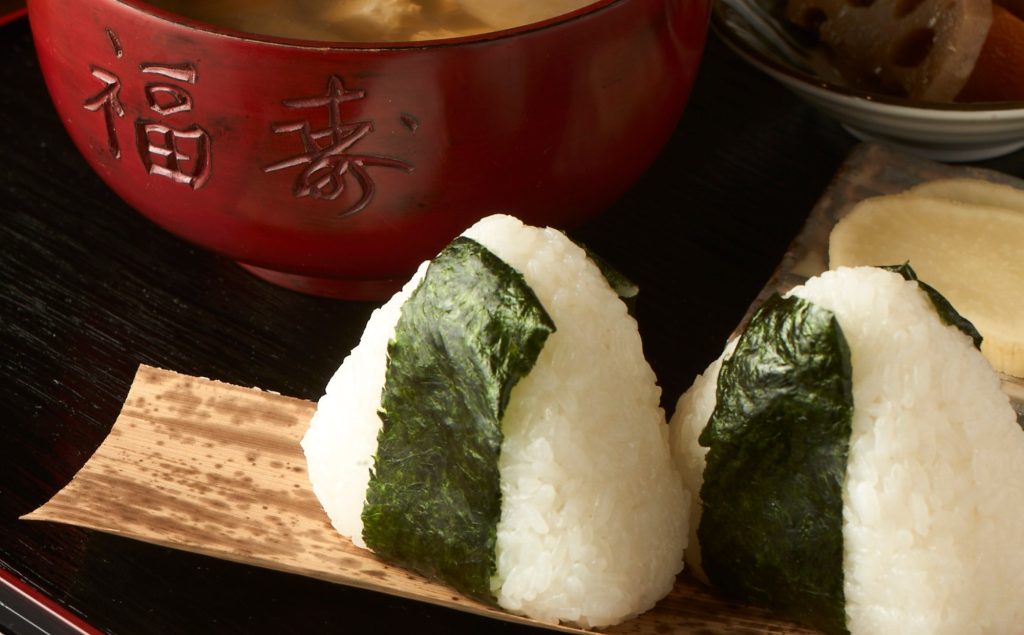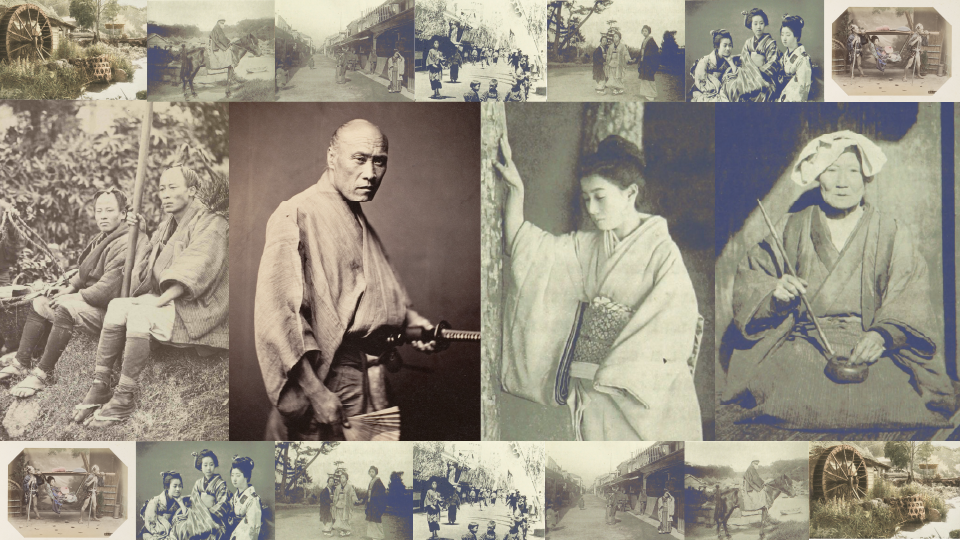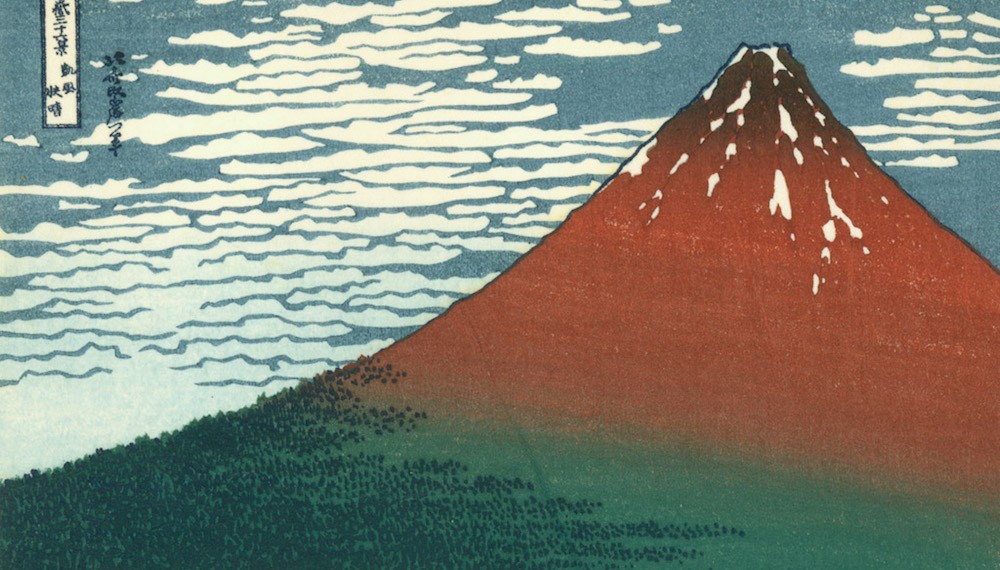Many history buffs say they like the sengoku (戦国) or the end of the bakumatsu (幕末) period. When is the Sengoku period?
Here is a simple, easy-to-understand summary.
Sengoku period = from the Onin war (応仁の乱) to the end of the summer siege of Osaka (大坂夏の陣)
The sengoku period in Japan can be remembered as ‘the 150 years from the beginning of the from the Onin war (応仁の乱, 1467) to the end of the summer siege of Osaka (大坂夏の陣, 1615)’.
The Onin war was a civil war centred on Kyoto that lasted from 1467 to 1477. Until then, Kyoto had been ruled by the Ashikaga Shogun during the Muromachi period, but eventually a succession struggle began between the Shogun’s younger brother and son. This was the Onin war, after which the power of the shogunate was lost and the warring feudal lords began to dominate the city.
In this way, the sengoku period was a time when even non-samurai could aim for success and, if they wished, unification of the country, depending on their ability and talent. Many history buffs feel the drama and romance of the period, as it was extremely hard to know when you might be killed.
The summer siege of Osaka was an incident in which the Eastern Army, led by Tokugawa Ieyasu (徳川家康), who would later open the Edo Shogunate, destroyed the Western Army, led by Toyotomi Hideyori (豊臣秀頼). This ended the 150-year Warring States period and ushered in the peaceful Edo period.
However, these divisions of time periods were created for convenience by later generations, so there is no need to remember them strictly. It is not necessary to pay much attention to them, and it will be fine if you just take it roughly as ‘the Onin war messed up governance and the final battle ended with the summer siege of Osaka’.
Some theories put ‘azuchi-momoyama (安土桃山)’ between the sengoku and edo periods
There are various theories as to when the sengoku period should be defined as the period between the muromachi period (sengoku period) and the edo period, with some theories including the azuchi-momoyama period between the muromachi period and the edo period.
One of these is the period in which Oda Nobunaga (織田信長) and Toyotomi Hideyoshi (豊臣秀吉) were active, which is called the azuchi-momoyama period and is distinguished from the sengoku period. It is also called the Shokuho (織豊) period after their names. In this classification, the azuchi-momoyama period is defined as ‘from 1573, when Oda Nobunaga destroyed the muromachi Shogunate, to 1603, when the Edo period began after the Battle of Sekigahara (関ヶ原の戦い)’, while the sengoku period is defined as the period before that.
The sengoku period, although a blood bath, came with it highbrow cultre
The sengoku period saw the emergence of powerful feudal lords and rival warlords from all parts of Japan, but the cultural activities of the period cannot be overlooked. The Kano (狩野) school, also known as the orthodox school of Japanese painting, emerged, and the tea ceremony, in which guests were invited to enjoy matcha, began.
As the term ‘Gekokujo (下剋上, lower-ranked defeat higher-ranked)’ suggests, it was a bloody period full of warfare from dawn to dusk, but it also saw the birth of a culture that is representative of Japan.
References
Nihon daihyakka zensho (Nipponica)
Frontispiece, The osaka fuyu no jin (大坂冬の陣図屏風, copy), Tokyo National Museum, Source: ColBase (https://colbase.nich.go.jp/)
This article is translated from https://intojapanwaraku.com/rock/culture-rock/172493/


























